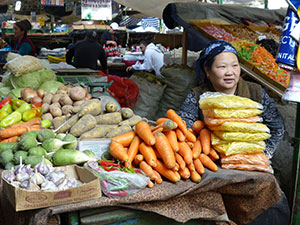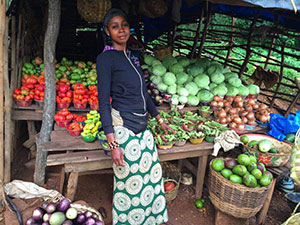Anemia
Building on Uganda's Progress in Reducing Anemia
Background
Anemia, or low levels of hemoglobin, is one of the most common public health problems in the world today. It affects 25 percent of the world’s population, more than 1.6 billion people (Benoist et al. 2008). About half of all anemia is due to iron deficiency, a condition caused by inadequate intake or low absorption of iron. Iron deficiency anemia (IDA) alone contributes to more than 100,000 maternal deaths and almost 600,000 perinatal deaths each year (Stoltzfus et al. 2004).
Baseline Nutrition Survey in the Kyrgyz Republic

Executive Summary
To combat undernutrition in the Kyrgyz Republic, SPRING is implementing a comprehensive, multisectoral program to influence 11 nutrition-related behaviors that are linked to stunting and anemia:
Multi-sectoral Anemia Platforms Strengthening (MAPS)
SPRING is focused on strengthening multi-sectoral, multi-stakeholder, and integrated anemia platforms.
IFA in Kenya: Innovative Program Experiences & Recent Safety Findings
Two speakers, one from a programming and another from a research perspective on IFA use, will present their experiences on antenatal supplementation in Kenya.
Guinea Nutrition Assessment

Prior to the Ebola virus disease outbreak (EVD) outbreak in Guinea in 2014, 76.6 percent of children 6 to 59 months were anemic and 31.2 percent were stunted (DHS 2013), reflecting an already challenging context for nutrition.
Micronutrient Powders (MNP) Consultation
Meeting the nutritional needs of young children is a particularly important issue in global health, as insufficient nutrition during periods of rapid growth can have serious effects on health and other outcomes1. The long-term solution for solving micronutrient inadequacy is ensuring a sustainable and diverse diet through food-based approaches. However, many times it is necessary to complement the nutritional value of the diet using specific interventions.
Pagination
- Previous page
- Page 31
- Next page